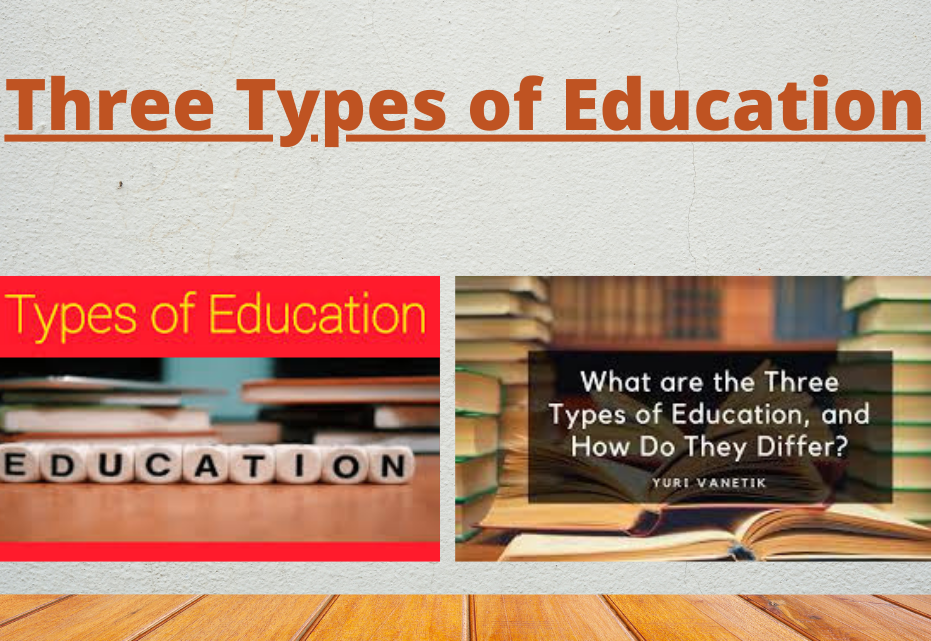Rewarding good behavior in students is an essential aspect of promoting a positive learning environment and encouraging students to develop positive habits. When students exhibit good behavior, such as following classroom rules, being respectful to others, and completing assignments on time, it is important to acknowledge and reinforce their actions.
Rewards not only serve as a form of recognition for students’ efforts, but they also serve as motivators to continue exhibiting good behavior. By rewarding good behavior, educators can create a classroom atmosphere that fosters a sense of responsibility, self-discipline, and intrinsic motivation among students.
Keep reading to learn how you can reward students for good behavior.
Creating a Reward System for Students
To create an effective reward system for students, it is important to establish clear criteria for what constitutes good behavior. This criterion should be communicated to students at the beginning of the school year or whenever the reward system is implemented. By clearly defining the expectations, students have a clear understanding of what is expected of them and what actions will be rewarded.
Once the criteria for good behavior are established, educators can determine the frequency and type of rewards that will be given. For example, if the reward system is based on a point system, educators can decide how many points students need to accumulate before receiving a reward. It is important to strike a balance between attainable goals and challenging targets to keep students motivated.
Furthermore, it is important to ensure that the reward system is fair and inclusive. It should be designed in a way that allows all students to have the opportunity to earn rewards, regardless of their academic ability or background. This promotes a sense of equity and encourages all students to strive for good behavior.
Implementing the Reward System in the Classroom
Once the reward system is created, it is crucial to effectively implement it in the classroom. Educators can start by explaining the reward system to students and emphasizing the benefits of exhibiting good behavior. This explanation should be clear and concise, ensuring that students understand the purpose and expectations of the reward system.
To track and monitor student behavior, educators can use a variety of methods. One common approach is to use a behavior chart or a point system. This allows educators to visually track students’ progress and provide immediate feedback. The behavior chart can be displayed prominently in the classroom, serving as a visual reminder of the rewards students can earn.
It is also important to ensure consistency in implementing the reward system. Educators should consistently recognize and reward good behavior to maintain the integrity of the system. This includes providing immediate feedback and reinforcement when students exhibit positive behavior. By consistently reinforcing good behavior, educators can help students internalize the importance of positive actions.
Types of Rewards for Good Behavior
When it comes to rewarding good behavior, there are various types of rewards that educators can consider. One popular form of recognition is the use of medals or certificates. These tangible rewards serve as a symbol of achievement and can be displayed proudly by students. Custom medals or certificates can be given out on a regular basis, such as weekly or monthly, to directly and personally acknowledge consistent good behavior or exceptional effort.
Another type of reward is the use of privileges or special privileges. This can include allowing students to choose their own seats, providing extra free time, or granting the privilege of being a classroom helper for the day. Privileges can be effective motivators, as they allow students to have a sense of autonomy and ownership in the classroom.
In addition to tangible rewards and privileges, verbal praise and positive feedback are also powerful tools for rewarding good behavior. A simple acknowledgment of a student’s efforts, such as saying “Great job!” or “I appreciate your hard work,” can go a long way in boosting their confidence and self-esteem. Verbal praise should be specific and genuine, highlighting the specific behavior or action that is being recognized.
The Impact of Rewards on Student Motivation and Engagement
Rewards for good behavior can have a significant impact on student motivation and engagement. When students receive recognition and rewards for their efforts, it reinforces the idea that their actions are valued and appreciated. This recognition serves as a powerful motivator, encouraging students to continue exhibiting good behavior and making positive choices.
Moreover, rewards can help students develop a sense of intrinsic motivation. Intrinsic motivation refers to the internal drive to engage in a behavior for its own sake, rather than for external rewards. By consistently rewarding good behavior, educators can help students develop a sense of pride and satisfaction in their achievements, leading to a long-term commitment to positive behavior.
In addition, rewards can contribute to increased student engagement in the learning process. When students feel acknowledged and appreciated for their efforts, they are more likely to actively participate in class discussions, complete assignments, and seek out opportunities for growth. This heightened engagement can lead to improved academic performance and a more positive overall learning experience.
Conclusion
Rewarding students for good behavior is a powerful tool for creating a positive learning environment and fostering a sense of responsibility and self-discipline. By implementing a reward system, educators can establish clear expectations, motivate students to exhibit positive behavior, and create a classroom culture that celebrates achievements.
Through the use of various types of rewards, such as medals, privileges, and verbal praise, educators can recognize and reinforce good behavior, leading to increased student motivation and engagement.
By consistently rewarding good behavior, educators can instill a sense of intrinsic motivation and promote long-term positive habits among students.
Read Also:
what is non advanced education
Hisham Sarwar – One of the top blogger
Flowerbomb perfume dossier.co – Reason of its fame
Disneyplus.com Login/Begin 8 Digit code on any device
Car accident attorney Los Angeles CZ.LAW










